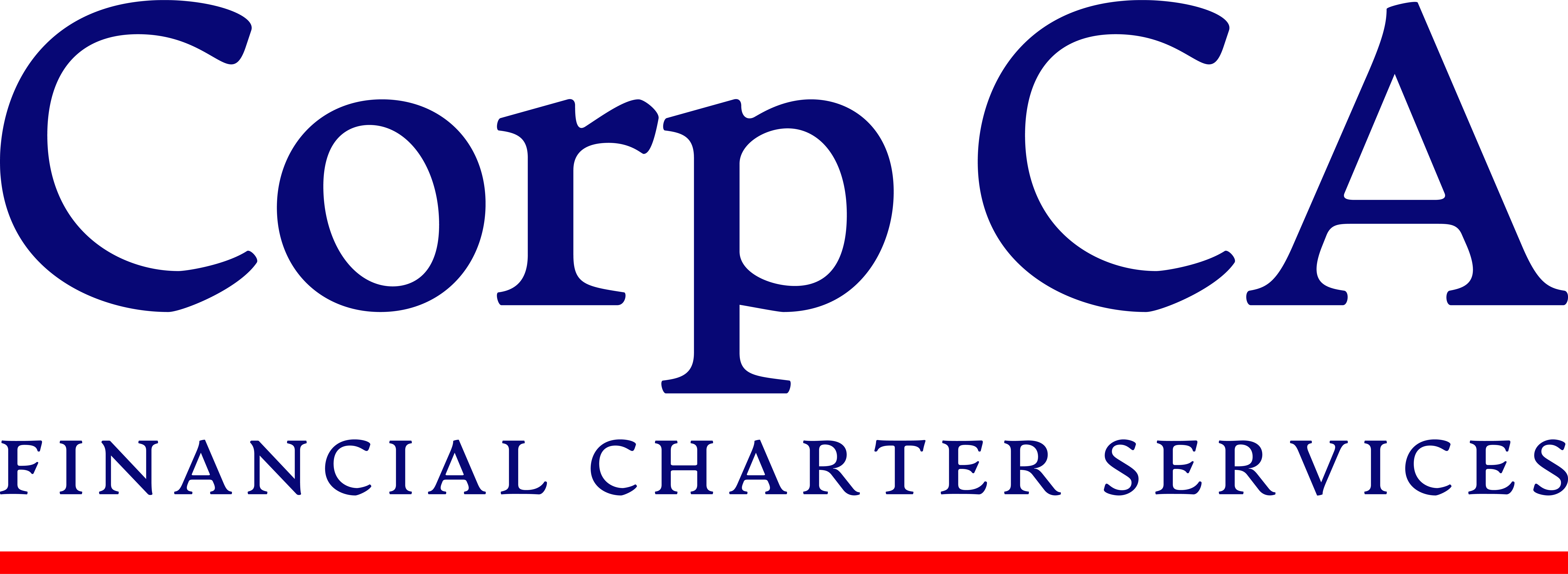After you file your tax return
Get your notice of assessment, how to pay a balance owing, check the status of your refund, and how to make a change to your tax return after it has been assessed.
Your notice of assessment (NOA) is an evaluation of your tax return that the Canada Revenue Agency sends you every year after you file your tax return.
Your NOA includes the date we processed your tax return, and the details about how much you may owe, or get as a refund or credit.
The NOA also gives your Registered Retirement Savings Plan (RRSP) deduction limit for that year.
Your NOA is an important document. Keep it with your tax records.
Sections of your notice of assessment (NOA)
Your notice contains your:
-
Account summary
This section shows you the result of your assessed or reassessed tax return. This may be a refund, a zero balance, or a balance owing. The amount we show includes any outstanding balances you may owe from previous returns.
The account summary may also show the result from concurrent assessments or reassessments.
Concurrent assessments and reassessments
When you file several consecutive-year returns at the same time (for example, you file your 2015, 2016, and 2017 returns together), we do a concurrent assessment. We assess all your returns at the same time. The result appears in the account summary on the last notice of the series.
When you send us new information that changes your returns for several consecutive years, we do a concurrent reassessment.
-
Tax assessment summary
This section lists the main lines on your assessed tax return. Next to each line are the amounts we used to calculate your balance.
Compare these amounts to the ones on your return to see where we made changes, if any.
This section also shows any penalty and interest we calculated on your refund or amount owing. If you have a balance owing from a previous assessment, it will also appear here.
-
Explanation of changes and other important information
This section explains in detail the changes or corrections we made to your tax return.
These changes are based on the information sent with your return and the information we have on file.
If you have new or additional information you want to send us to change your return, see How to change your return.
If you disagree with your assessment or reassessment, and want to register a formal dispute, see Complaints and disputes. You have 90 days from the date of the notice to register your dispute.
-
RRSP deduction limit statement
This statement shows your deduction limit for your Registered Retirement Savings Plan (RRSP).
Deduction limit
Your deduction limit is the amount of RRSP contributions you can deduct for the next year.
Your statement also shows how we calculate your deduction limit, which is based on information you sent us with your previous tax return and information we have on file.
Available Contribution Room
The last line of the statement gives your available contribution room. This is the maximum amount you can contribute for next year.
It is your deduction limit minus any unused RRSP contributions you reported in past years. Your unused contributions appear on your statement.
If the total RRSP contributions (current and unused) that you claim on your return are less than your deduction limit, you have available contribution room.
Excess Contribution
If your RRSP contributions are more than your deduction limit, you have an excess of contributions. You may have to pay tax on this amount.
For more information on RRSP contribution and deduction rules, see How contributions affect your RRSP deduction limit.



